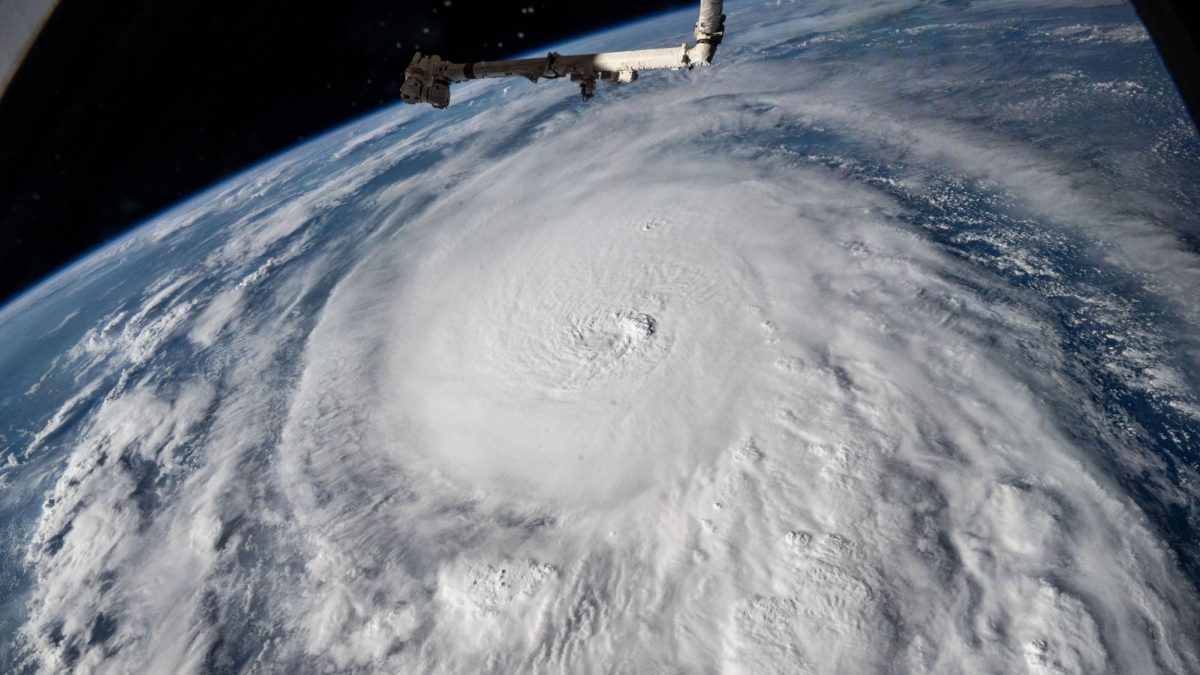As Hurricane Milton — a Category 5 storm in the Gulf of Mexico — progressed toward the western coast of Florida, citizens were bracing for one of the most destructive storms in recent history. Just two weeks after Hurricane Helene’s devastation, which impacted South Carolina, western North Carolina, Florida, and neighboring Georgia, residents were on high alert. These hurricanes underscore a threatening new normal: storms of this magnitude are no longer sporadic events, but foreshadowers of the climate crisis that continues to intensify.
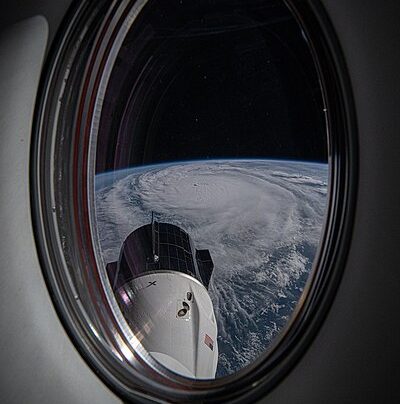
Reporter’s Update
Hurricane Milton, which made initial landfall as a category 1 in the Tampa Bay/St. Petersburg area on Saturday, October 5th, intensified overnight to a category 5. Forecasts projected Milton to sustain winds of 165 mph, up to 15ft of storm surge, and landfall in Sarasota County on Oct. 10. With Hurricane Helene’s recent destruction, recovery crews were still clearing debris in some areas while Milton threatened widespread damage across central Florida.
On October 7, President Joe Biden declared a state of emergency in Florida, enabling FEMA to coordinate disaster relief efforts under the Stafford Act.

By Oct. 8, Milton was downgraded to a Category 4 storm; however, officials emphasized that the threat remained severe. Mandatory evacuation orders were issued for affected counties, causing highways to be gridlocked as thousands attempted to flee. Tornado watches were announced statewide, gas stations ran out of fuel, and over 500,00 homes were expected at risk of storm surge flooding. Florida’s National Guard has deployed thousands of guardsmen in preparing for the largest search and rescue operation in the state’s history.
On Oct. 10, Florida faced its largest evacuation since 2017, with panic ensuing. The National Weather Service announced a tornado watch for the entire state, recording 90 warnings in a single day. Tornadoes were reported along evacuation routes, and several cars caught fire due to overheating amid stalled traffic. Major highways and bridges across Tampa Bay were shutting down as Milton approached. Despite being downgraded to a Category 2 storm, Milton was still expected to produce destructive winds and storm surges up to 13 feet, particularly impacting structures already weakened by Hurricane Helene.
By 7 p.m., officials urge residents to conserve water for drinking and cooking as water treatment plants in Tampa shut down. Power outages affected over 3 million homes and businesses. As the storm neared landfall, first responders warned that high-water rescues would be impossible in areas with winds over 45 mph. Residents who were advised to seek shelter or evacuate that remained are asked to write their identification on their bodies in case of displacement or injury. The National Hurricane Center warns of treacherous conditions throughout the night.
Aftermath
As the storm subsided on October 12, reports of Milton’s widespread destruction emerged across Florida. Eyewitness accounts and statements from local officials revealed significant damage to homes and businesses, with entire neighborhoods undergoing severe flooding. Thousands of people and animals have been displaced as their communities are left in disarray.

Emergency services, including the National Guard and FEMA, mobilized quickly to assess the damage and provide assistance. However, the full extent of Hurricane Milton’s impact remains undetermined, and initial reports suggest that many areas will require extensive support and resources to initiate rebuilding efforts.
Storms of Our Making: The Human Factor in Climate Change
Human-driven climate change is increasingly evident in the extreme environmental changes occurring worldwide. The rising global temperatures are unlike anything documented in modern history. Human reliance on fossil fuels, or greenhouse gases (primarily carbon dioxide) is a key contributor to this warming. Carbon dioxide is a heat-trapping gas and is released through the extraction and burning of fossil fuels like coal, oil, and natural gas. NASA reports that in under 200 years, human activities have raised atmospheric carbon dioxide levels by 50%, leading to rising global temperatures and apparent changes in weather patterns. Their scientists observed that the ocean is soaking up 90% of that excess heat, and this unprecedented ocean heating fuels stronger and more frequent storms. Hurricanes like Milton and Helene rely on warm water to form and strengthen — the warmer the water, the more intense the storm.

Ocean heat measurements, recorded since 1955, broke records in early 2023. By March and April, scientists observed that global sea surface temperatures had surpassed records maintained by NOAA’s Optimum Interpolation Sea Surface Temperature (OISST). By August, abnormal temperatures were recorded in the Pacific, Indian, Southern, and Arctic oceans, worsening the intensity of weather events, notably hurricanes.
According to Josh Willis, an oceanographer at NASA’s Jet Propulsion Laboratory, the record-breaking sea surface temperatures in 2023 were attributed to two major factors: the natural climate phenomenon El Nino, which causes the central and eastern Pacific Ocean to heat, further heightening ocean temperatures that were already rising due to the other factor, long-term climate change. As a result, 2023 saw extreme heat levels, and this combination fueled the development of intense weather events.
The melting ice sheets in Greenland and Antarctica add to the disruption. While the melting of ice sheets does not directly raise sea levels, it impacts global temperatures. Ice reflects sunlight due to its light color; however, as it melts, darker open water below is exposed, which absorbs more sunlight, and further warms the ocean. Warmer water melts ice from below, while warm air increases melting from above, creating a feedback loop that leads to additional warming of the air and water. Ice sheets are melting at an alarming rate of 150 billion tons annually in Antarctica. With ice sheets making up the majority of the fresh water on Earth, and with temperatures rising as well, the combination of high sea levels and warmer waters is the recipe for more disastrous hurricanes. This alone highlights the urgency of addressing the climate crisis, as highlighted by NASA.

Who We Share the Earth With
Climate change is also having increasingly detrimental impacts on wildlife. The increase in temperature is causing many species to lose their natural habitats. Polar bears depend on sea ice for hunting and as the ice melts, their hunting grounds diminish, threatening their survival. Similarly, the absorption of carbon dioxide in the ocean leads to increased acidity, referred to as “ocean acidification,” this imbalance disrupts the natural titration of the water. This shift makes it challenging for marine organisms, specifically corals and shell-building species to thrive (NASA). Coral reefs are sensitive to changes in the environment. Increased acidity can cause corals to “bleach”, losing their vibrant colors and symbiotic algae, which disrupts their ability to recover.
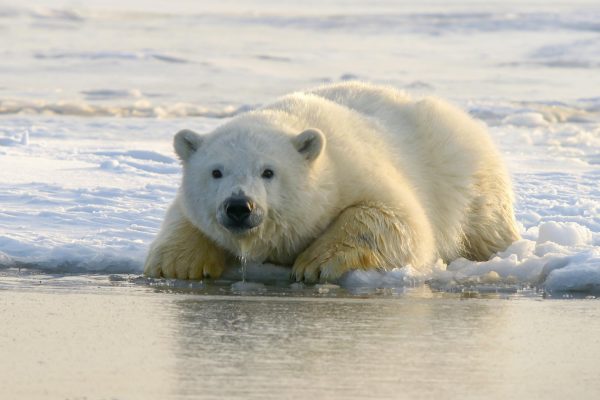
Moreover, mollusks and crustaceans, such as oysters, clams, and crabs, face difficulties in growing protective shells. As a result, they are at a disadvantage in their ecosystems, impacting their populations and the marine food web as a whole. Many animals are experiencing shifts in migration patterns; birds may arrive at breeding grounds at not optimal times, disrupting their reproductive success and survival rates. Additionally, the increase in global temperature allows diseases and parasites to spread faster, as their incubation period is shortened — for instance, parasites like ticks thrive in warmer temperatures. Temperature fluctuations can also impact reproduction, leading to mismatches between spawning times and food availability for juvenile fish. Those interconnected disturbances stress the urgent need to address climate change, which threatens not only humans but the survival of countless species across the world.
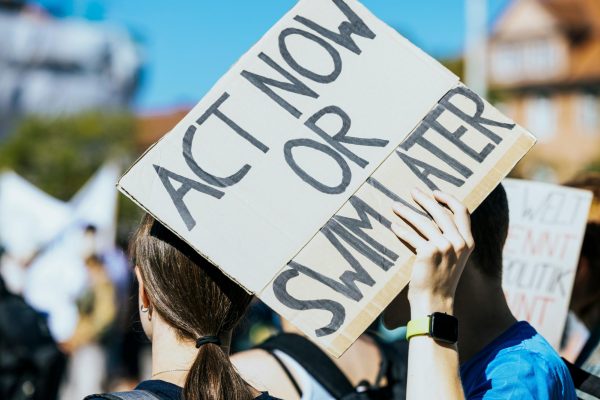
Are We Prepared for A New Normal?
In recent weeks, the shores of the United States have faced the historical impact of hurricanes, resulting in power outages, extreme flooding, displacement, destruction, and loss of life. This raises the question: Is society prepared to live with these challenges at a constant rate? Living in a perpetual state of recovery forces us to envision if we could deal with these weather conditions that threaten the daily lives we are accustomed to — but it is those very lives we have become accustomed to that are creating this devastating reality we are currently experiencing. We must make impactful strides in reducing greenhouse gas emissions, improve pollution controls, and implement sustainable practices to slow the rate of human-caused climate change. We are not the only ones that live here, and future generations of every single species deserve a sustainable place to call home. Addressing these problems is not solely an environmental concern, but a necessity for the sustainability and resilience of communities across the nation.

How Can We Help?
While climate change may not be fully reversible, the effects of human activities on the planet are indeed irreversible, according to NASA. However, there are actions we can take to mitigate future damage and adapt to changes already in motion. The United Nations suggests several “Actions for a healthy planet,” including:
● Save energy at home
● Change your home source of energy

● Walk, bike, or take public transportation
● Switch to an electric vehicle
● Consider your travel
● Reduce, reuse, repair, and recycle
● Eat more vegetables
● Throw away less food
● Plant native species
● Clean up your environment
● Make your money count
● Speak up
The heavy reliance on fossil fuels has disrupted the balance of our natural world and also risks the health of all life that shares this planet. An imperative step to combat climate change is to drastically reduce our consumption of fossil fuels. Transitioning to renewable energy sources like solar, wind, and geothermal energy is vital for a sustainable future. Additionally, trees play a significant role in balancing the carbon cycle and regulating the earth’s climate by using carbon dioxide for photosynthesis. Planting more trees will enhance carbon sequestration and improve air quality, along with numerous other environmental benefits.

The journey begins by putting things into perspective. We must first assess our individual choices and how we can do better in our daily lives. From small sustainable habits to large-scale changes in how industries like restaurants and car washes operate, we can shift toward a healthier, resilient society. Without a sustainable environment, there can be no economy, no infrastructure, and no sense of normalcy.
Starting today can make the difference between preserving the homes we cherish or witnessing their destruction in the face of climate disaster. To seek meaningful change, we must do some introspection into what truly matters to us and whether we are prepared to lose it all by ignoring the urgent need for action. Reduce your carbon footprint. Get involved in community initiatives and local conservation efforts.
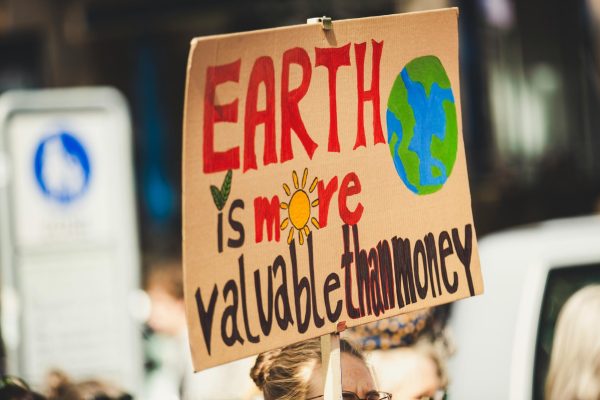
Sites to learn more about conservation efforts:
● Howard Community College Sustainability Initiatives– Learn about HCC’s commitment to
sustainability practices on campus and in the community. Explore here
● National Park Service– Discover how you can participate in conserving natural resources and
ecosystems with the NPS. Get involved here
● The Nature Conservancy–Find out how you can help protect nature and tackle climate change
by participating in local conservation efforts. Learn more
Support Relief Actions for Hurricane Milton and Helene
The damage from Hurricanes Milton and Helene left many communities struggling to rebuild. Donations
support trusted organizations providing immediate assistance on the ground
● American Red Cross– Provides food, shelter, and relief supplies. Donate here
● Direct Relief– Provides medical assistance to affected areas. Contribute here
● World Central Kitchen– Provides meals for those in need after a crisis. Help out here


